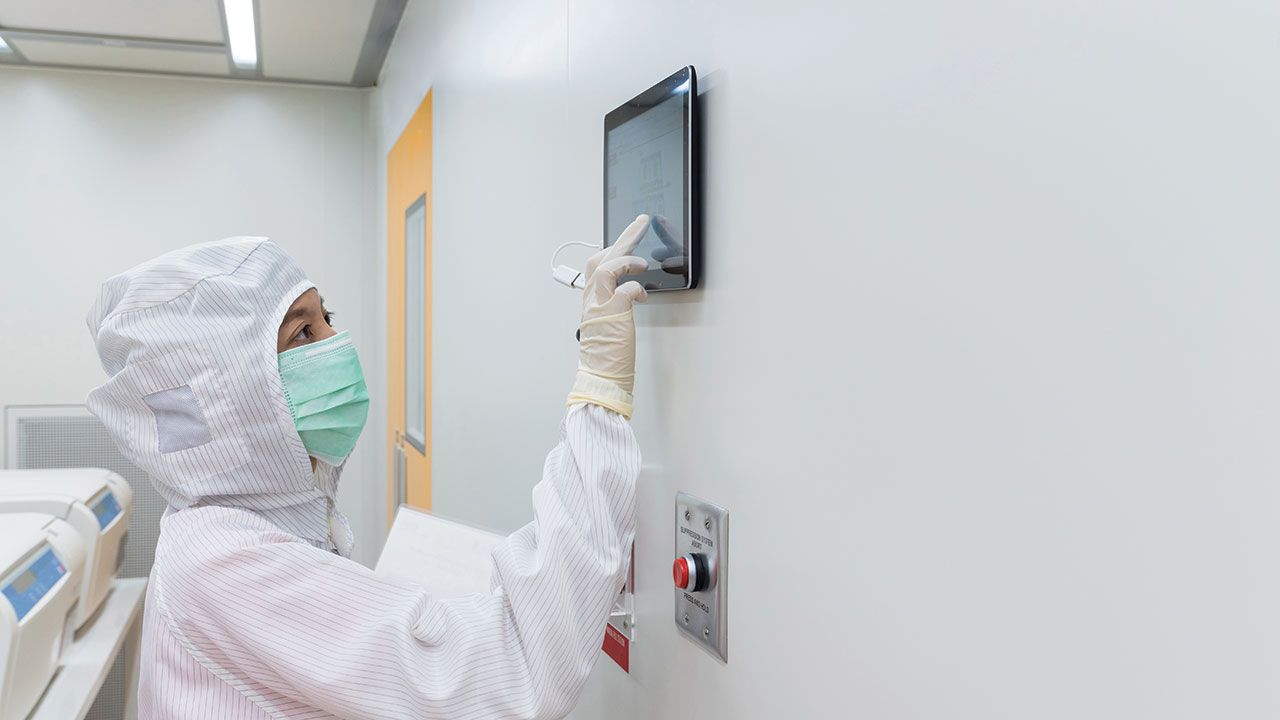News
Article
Whitehouse Laboratories Announces Development of Container Testing Center
Author(s):
Whitehouse Laboratories announces the development of a Container Testing Center to open in 2014.
Whitehouse Laboratories announced the expansion of a new laboratory dedicated to container testing. The expansion will include will a 5000 ft2 laboratory for routine container testing and a Container Closure Integrity Test (CCIT) facility. The laboratory is expected to be complete by February 1, 2014.
The laboratory will contain all instruments required to meet the new USP routine testing directives expected in 2014. In addition, the CCIT laboratory will provide method development, validation, and testing services, which include helium flow, vacuum decay, electrical conductivity, laser diffraction, and residual seal force. The facility will also include onsite capping ability and a full-service package distribution laboratory. The laboratory will be under the direction of Brian Mulhall, who has over 20 years of container and package testing experience.
Source: Whitehouse Laboratories
Newsletter
Get the essential updates shaping the future of pharma manufacturing and compliance—subscribe today to Pharmaceutical Technology and never miss a breakthrough.




